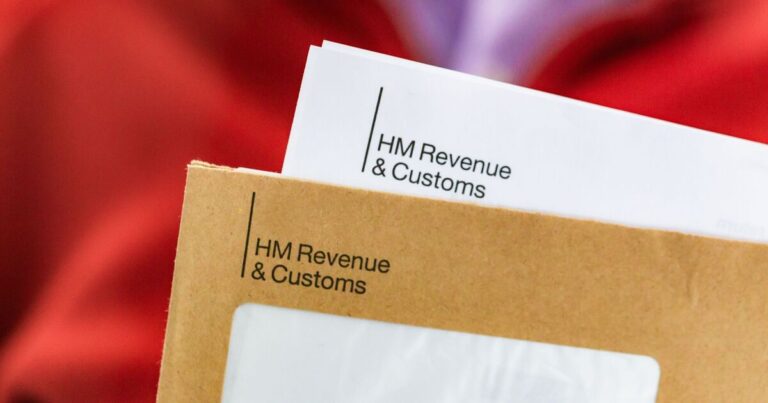The self-checkout machines that permeate grocery, home improvement and big box stores are a customer and worker’s worst nightmare. These devices are like sirens in choppy seas when each standard checkout line is six people deep, customers’ carts are filled to the brim and children are throwing tantrums. Just over to the side, the do-it-yourself scanners beckon, with shorter lines, plenty of room and the promise that you’ll be out in the parking lot in moments. And heck, all you’re buying is a six-pack of beer, cold medication, a few apples and a box of double fudge brownie mix that was listed on sale. Scan a few items, push a few buttons, swipe the card and your Saturday night is about to kick off. We all know it is never that easy. After waiting for the knucklehead scanning 37 items while yakking on his phone, you finally saddle up to a machine. You can’t buy the beer or cold medicine without the help of a clerk to check your ID, the stickers have come off the apples and you don’t know the PLU code, and the promised discount on the brownies didn’t take. Then everything comes to a grinding halt and you hear the dreaded “unexpected item in the bagging area,” followed by the Traffic Light of Doom that alerts the clerk and everyone else that disaster has struck. Sound familiar? But for all the frustration that these self-checkout machines cause customers, the machines are much more devastating to the nation’s workforce. There’s typically one employee overseeing four or six of them, instead of four or six employees at actual registers. That’s what disappearing jobs looks like. Remember former Carl’s Jr. and Hardee’s CEO Andrew Puzder, the failed Secretary of Labor nominee? That was his dream fast food scenario: a fully automated fast food restaurant where you order at a kiosk, pay with plastic, pick up your food and never encounter a single employee. “They’re always polite, they always up sell, they never take a vacation, they never show up late, there’s never a slip-and-fall, or an age, sex, or race discrimination case,” Puzder proclaimed. Harvard Business School Professor Ryan Buell points out that automated machines essentially take the store employee out of the equation, putting the burden instead on consumers. Buell says “Stores are essentially asking customers who weren’t trained to do this work to take on the task. But then they added a bunch of sensors and fraud detection mechanisms that make the job more difficult than it would have been for an employee in the first place.” Buell also takes the un-Puzderian position that human beings are “deeply social animals” who seek out social interactions rather than avoid them. Love ‘em or hate ‘em, the machines are here to stay. There are currently more than 200,000 self-checkout machines around the world with that number forecasted to reach 335,000 by the end of 2020. A 2015 Consumer Reports survey of 63,000 shoppers found that three out of four shoppers who used self-checkout machines classified the experience as a time-saver. But those same shoppers had plenty of gripes as well: other customers taking too long, no help available, and, of course, the complaint that the machine was either too hard to figure out or didn’t work properly. The World Economic Forum’s forecast that 5 million jobs will be lost to robotics by 2020 is not necessarily a death knell for the retail industry, but everyone – grocery clerks included – will need to hone their skills, acquire new ones and figure out ways to co-exist with the automated workforce. If a machine can be created to outthink a Jeopardy champion, then the idea of automated paralegals, weather forecasters, drivers, pharmacists and soldiers no longer seems like something out of science fiction. In the meantime, simply don’t use self-checkout. Tell the clerk who is scanning your groceries – or even the manager – that you prefer real human contact over scanning and self-bagging. Time alone will tell how futile resistance will be. If the machines are to rise, let them rise without getting our business.















